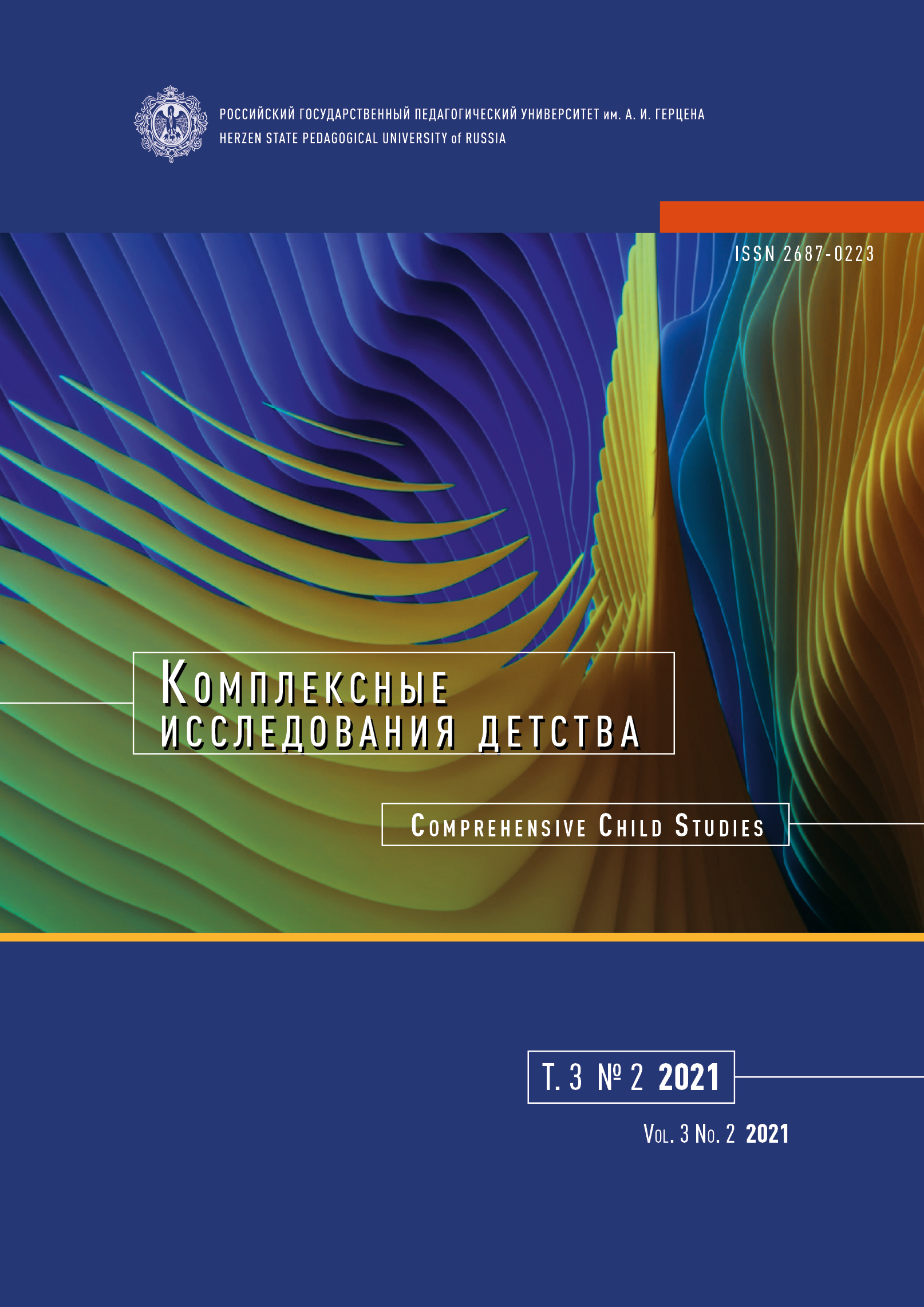The use of active teaching methods in higher and secondary educational institutions: The experience of English-speaking countries
DOI:
https://doi.org/10.33910/2687-0223-2021-3-2-109-114Keywords:
methods of active learning, traditional learning methods, educational system, computer technology, electronic voting systemAbstract
This article explores the methods of active learning used in middle and high school as well as in higher education institutions. The research is prompted by the need to modernize current educational system worldwide and to replace traditional lecture-based presentation of educational material with more up-to-date methods of teacher/student interaction.
The article discusses current research on the effectiveness of computer and technology-enhanced teaching and learning in English speaking countries. The results of the studies on the effectiveness of active learning are presented. The authors introduce the classification of active learning methods (AMO), according to the degree of complexity of the task and the time spent on its completion. They also give examples of “easy” and “in-depth” methods.
The article analyses the methods of active teaching currently used in high school and higher education establishments. It also outlines the advantages of using various computer programmes. The research showed that such programmes as Kahoot (the article gives an algorithm for using the programme), Quizlet and Google Classroom are effective in working with high school students, while VLE (Virtual Learning Environment) and EVS (Electronic Voting Systems) are recommended for higher education institutions. Teachers are advised that lectures should include short Kahoot or Quizlet-based topic-related questionnaires and/or quizzes.
The article features a list of methods for working with students recommended by Bramet (pauses, practice of recollection, predictions, etc.). However, according to Higgins, to make the use of software more effective, it is necessary to provide teachers with at least basic user training.
References
Applegate, D., Burchat, P., Marshall, P. (2015) A quick guide to active learning in lecture. In: LSST DESC Dark Energy School, February 2, 2015. Version 1.2. [Online]. Available at: https://lsstdesc.org/assets/pdf/docs/AQuickGuidetoActiveLearninginLecturesv1.2.pdf (accessed 13.05.2021). (In English)
Bonwell, C. C., Eison, J. A. (1991) Active learning: Creating excitement in the classroom. Washington, DC: The George Washington University, School of Education and Human Development, 121 p. (ASHE-ERIC Higher Education Report. No. 1). (In English)
Brame, C. J. (2016) Active learning. Vanderbilt University Center for Teaching. [Online]. Available at: https://cft.vanderbilt.edu/active-learning/ (accessed 13.05.2021). (In English)
Daouk, Z., Bahous, R., Bacha, N. N. (2016) Perceptions on the effectiveness of active learning strategies. Journal of Applied Research in Higher Education, vol. 8, no. 3, pp. 360–375. https://doi.org/10.1108/JARHE-05-2015-0037 (In English)
Freeman, S., Eddy, S. L., McDonough, M. et al. (2014) Active learning increases student performance in science, engineering, and mathematics. Proceedings of the National Academy of Science of the United States of America, vol. 111, no. 23, pp. 8410–8415. https://www.doi.org/10.1073/pnas.1319030111 (In English)
Gibbs, G., Jenkins, A. (ed.). (1992) Teaching large classes in higher education. How to maintain quality with reduced resources. London: Kogan Page Publ., 170 p. (In English)
Handelsman, J., Miller, S., Pfund, C. (2007) Scientific teaching. New York: W. H. Freeman & Co. Publ., 184 p. (In English)
Higgins, S., Xiao, Z., Katsipataki, M. (2012) The impact of digital technology on learning: A summary for the education endowment foundation. London: Education Endowment Foundation Publ. [Online]. Available at: https://www.academia.edu/31764995/The_Impact_of_Digital_Technology_on_Learning_A_Summary_for_the_Education_Endowment_Foundation (accessed 04.07.2021). (In English)
Lobo, G. J. (2017) Active learning interventions and student perceptions. Journal of Applied Research in Higher Education, vol. 9, no. 3, pp. 465–473. https://www.doi.org/10.1108/JARHE-09-2016-0061 (In English)
Luo, B. (2017) Quizler and Kahoot — two powerful tools in Language teaching. Feng Chia University. In: 2017 Symposium of Innovative Education and Teaching Technology. [Online]. Available at: https://www.researchgate.net/publication/317557471_Quizlet_and_Kahoot_-_two_powerful_tools_in_language_teaching (accessed 28.07.2018). (In English)
Prince, M. (2004) Does active learning work? A review of the research. Journal of Engineering Education, vol. 93, no. 3, pp. 223–231. https://www.doi.org/10.1002/j.2168-9830.2004.tb00809.x (In English)
Ruhl, K. L., Hughes, C. A., Schloss, P. J. (1987) Using the pause procedure to enhance lecture recall. The Journal of the Teacher Education Division of the Council for Exceptional Children, vol. 10, no. 1, pp. 14–18. https://www.doi.org/10.1177/088840648701000103 (In English)
Watters, N. (2014) An exploration of the concept and practice of active learning in higher education. Thesis of PhD dissertation (Social Science). Glasgow, University of Glasgow. [Online]. Available at: http://theses.gla.ac.uk/5450/1/2014WattersPhd.pdf (accessed 20.04.2021). (In English)
Downloads
Published
Issue
Section
License
Copyright (c) 2021 Elena K. Lyutova-Roberts, Galina B. Monina

This work is licensed under a Creative Commons Attribution-NonCommercial 4.0 International License.
The work is provided under the terms of the Public Offer and of Creative Commons public license Creative Commons Attribution 4.0 International (CC BY 4.0).
This license permits an unlimited number of users to copy and redistribute the material in any medium or format, and to remix, transform, and build upon the material for any purpose, including commercial use.
This license retains copyright for the authors but allows others to freely distribute, use, and adapt the work, on the mandatory condition that appropriate credit is given. Users must provide a correct link to the original publication in our journal, cite the authors' names, and indicate if any changes were made.
Copyright remains with the authors. The CC BY 4.0 license does not transfer rights to third parties but rather grants users prior permission for use, provided the attribution condition is met. Any use of the work will be governed by the terms of this license.







